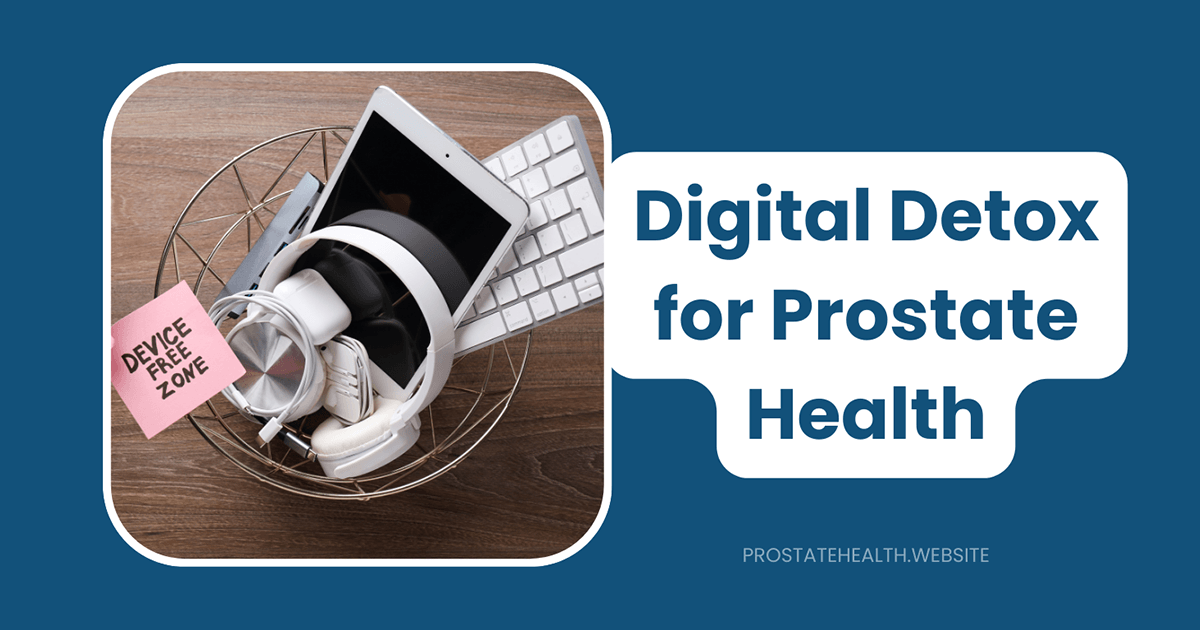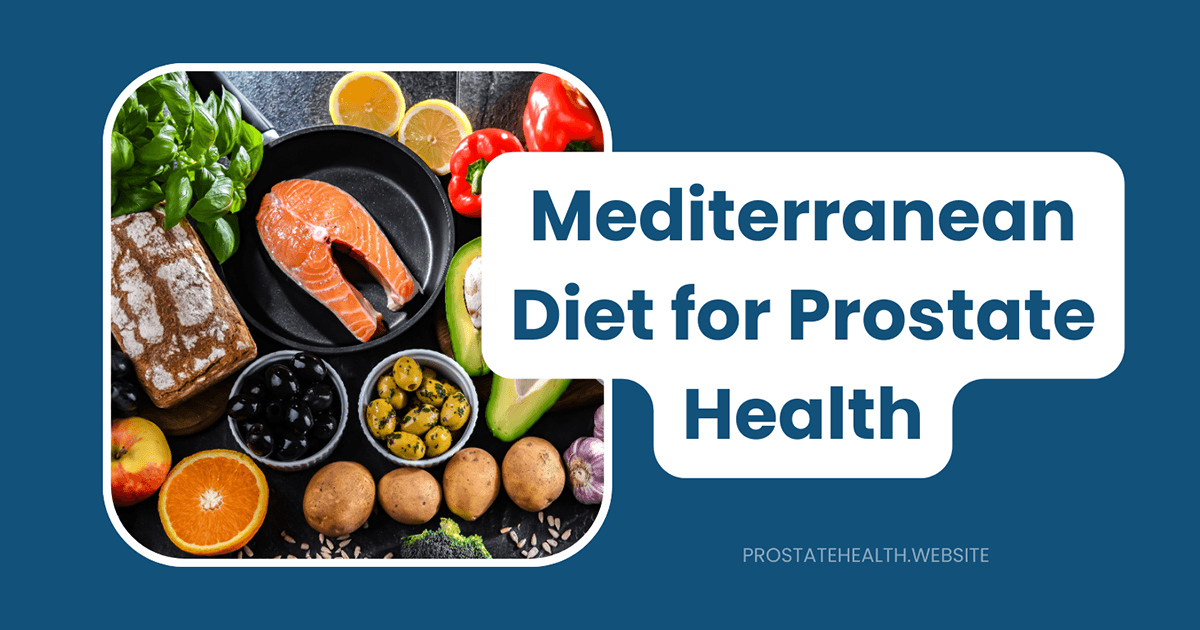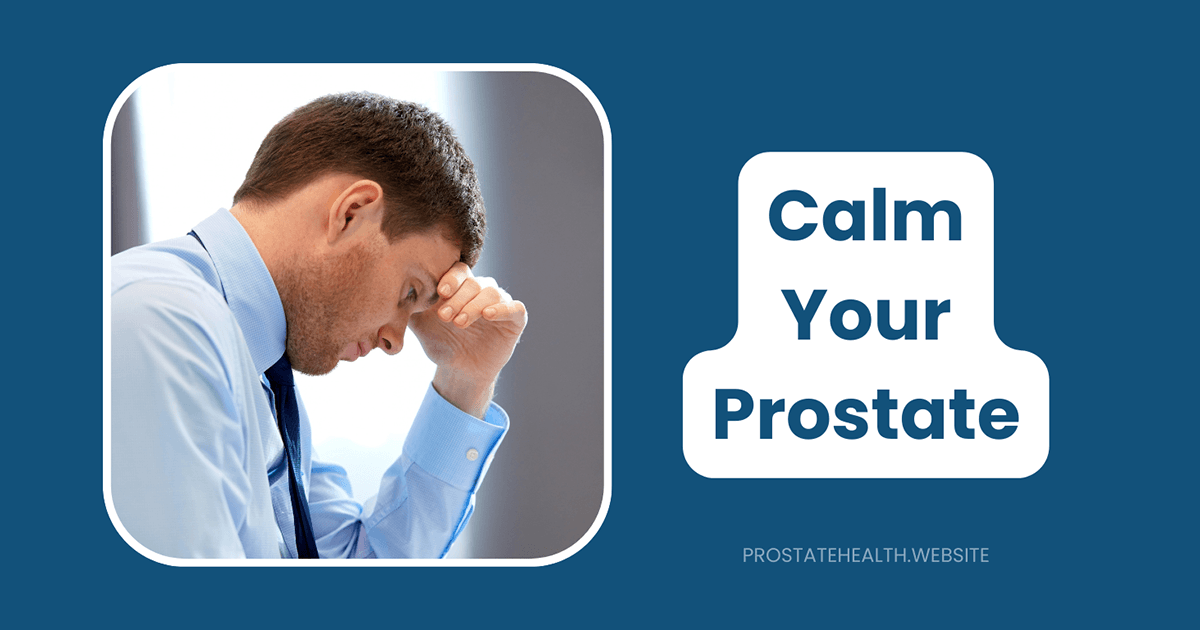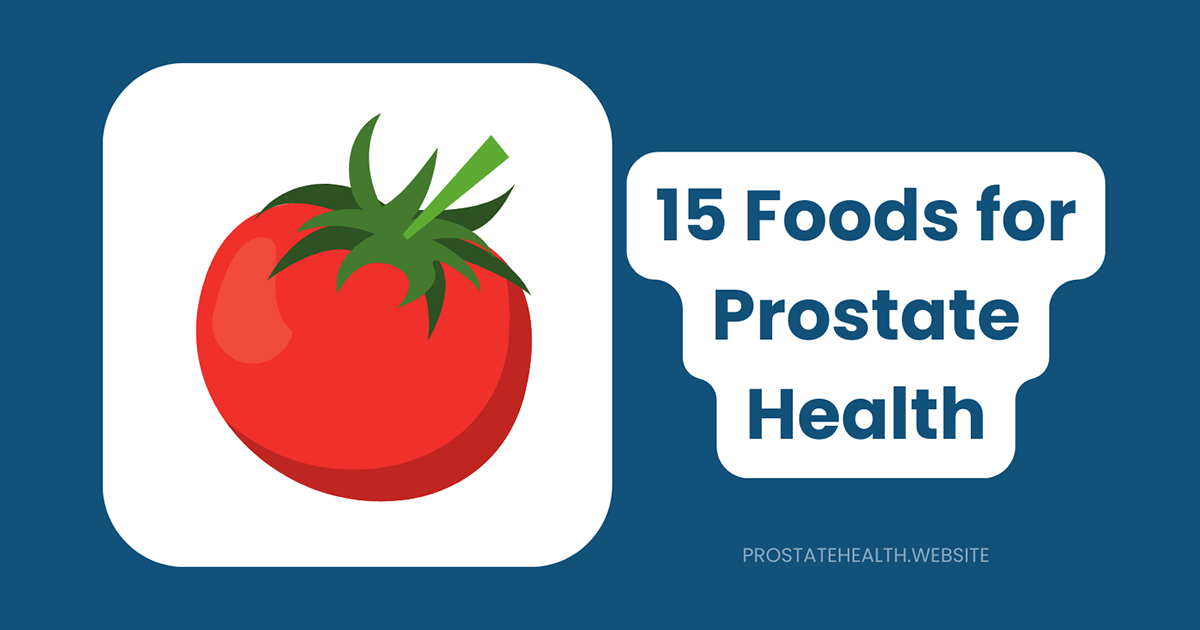Digital Detox for Better Sleep and Prostate Health: The Connection You Need to Know

Let’s talk about something most of us don’t connect: your late-night scrolling habit and your prostate health.
I remember when I first noticed the pattern myself. After nights of falling asleep with my phone in hand, I’d wake up multiple times to use the bathroom. At first, I blamed it on age—just another “joy” of hitting my 50s. But when I started tracking my sleep and screen habits, the connection became impossible to ignore.
Here’s what many men don’t realize: the blue light from our devices is silently sabotaging not just our sleep quality but potentially our prostate health too.
How Digital Overload Affects Your Sleep (And Why Your Prostate Cares)
The average American spends over 7 hours on digital devices daily, with usage typically peaking right before bedtime. This constant digital engagement creates a perfect storm for disrupted sleep patterns.
The Science Behind Blue Light and Sleep Disruption
Your body has an internal clock—the circadian rhythm—that regulates when you feel alert or sleepy. This system depends heavily on light exposure, particularly blue light, which signals your brain to suppress melatonin production.
When you’re scrolling through news or checking emails at 11 PM, your device is essentially telling your brain: “Hey, it’s still daytime! Stay awake!”
Research from the Harvard Medical School confirms that blue light exposure at night shifts your circadian rhythm, making quality sleep more difficult to achieve. But what does this have to do with your prostate?
The Sleep-Prostate Connection
Poor sleep quality doesn’t just leave you groggy—it creates a cascade of hormonal and inflammatory responses that directly impact prostate health:
- Hormonal Disruption: Quality sleep regulates testosterone production, which plays a crucial role in prostate health. Sleep disruption can create hormonal imbalances that potentially contribute to benign prostatic hyperplasia (BPH).
- Increased Inflammation: A 2023 study published in the Journal of Urology found that men with chronic sleep disruption showed higher markers of prostatic inflammation—a known risk factor for various prostate conditions.
- Weakened Immune Function: Your immune system does critical repair work during deep sleep cycles. Without adequate deep sleep, your body’s ability to identify and address problematic cells in the prostate may be compromised.
- Stress Hormone Production: Poor sleep increases cortisol levels, creating a stress response that can exacerbate existing prostate issues and potentially contribute to their development.
The Vicious Cycle: Prostate Issues and Sleep Disruption
For men already experiencing prostate issues like BPH or prostatitis, there’s an unfortunate feedback loop at play. Prostate problems often cause nocturia (nighttime urination), which further fragments sleep. This disrupted sleep then potentially worsens prostate health, creating a cycle that’s difficult to break.
Dr. James Ulchaker, urologist at Cleveland Clinic, notes: “Many of my patients don’t realize that addressing sleep quality can be an important complementary approach to managing their prostate symptoms. The two systems are intimately connected.”
Digital Detox: A Practical Approach for Men’s Health
Now for the good news: implementing a strategic digital detox can help break this cycle, potentially improving both your sleep quality and prostate health. Here’s how to approach it:
1. Create a Device-Free Bedroom Zone
The Strategy: Establish your bedroom as a technology-free sanctuary.
How to Implement:
- Charge your phone in another room
- Remove TVs from the bedroom
- Use a traditional alarm clock instead of your phone
- Create a dedicated charging station away from your sleeping area
Why It Works: Removing devices eliminates both the blue light exposure and the temptation for “just one more scroll” that often extends into hours of lost sleep.
2. Establish a Digital Sunset
The Strategy: Set a specific time each evening when you disconnect from all screens.
How to Implement:
- Choose a cutoff time (ideally 1-2 hours before bed)
- Set an alarm to remind you of your digital sunset
- Create a pleasant alternative routine (reading, light stretching, conversation)
- Use apps like Freedom or AppBlock to enforce limits
Why It Works: This creates a buffer zone that allows your brain to begin producing melatonin naturally, preparing your body for quality sleep.
3. Filter Blue Light When You Can’t Avoid Screens
The Strategy: Reduce blue light exposure when complete avoidance isn’t possible.
How to Implement:
- Enable Night Shift/Night Mode on devices
- Install apps like f.lux on computers
- Consider blue-light blocking glasses for evening use
- Replace bright white bulbs with warm-toned lighting in evening spaces
Why It Works: While not as effective as complete avoidance, filtering blue light can reduce its impact on your melatonin production by up to 80%, according to research from the University of Toronto.
4. Practice Mindful Technology Use
The Strategy: Become more intentional about when and why you use digital devices.
How to Implement:
- Disable non-essential notifications
- Schedule specific times to check email and social media
- Use the “Do Not Disturb” feature during meals and family time
- Track your screen time with built-in tools or apps like RescueTime
Why It Works: Mindful usage breaks the habit of reflexively checking devices, reducing overall screen time and the associated sleep disruption.
Real Results: Men Who’ve Made the Change
Tom’s Story: At 58, Tom was experiencing increasing nocturia, waking 3-4 times nightly to urinate. His urologist had diagnosed mild BPH but suggested lifestyle modifications before medication. After implementing a strict 9 PM device cutoff and removing all electronics from his bedroom, Tom saw his nighttime bathroom trips decrease to just once per night within three weeks. “I never connected my phone habit to my prostate issues, but the improvement was undeniable,” he shares.
David’s Experience: David, 49, noticed his PSA levels were trending upward at his annual physical. His doctor recommended improved sleep as part of a holistic approach to prostate health. After a 30-day digital detox program where he limited screen time to business hours only, David reported not only better sleep but also reduced urinary frequency and improved energy levels. His next PSA test showed stabilization.
Measuring Your Progress
How do you know if your digital detox is working? Consider tracking these metrics:
- Sleep Quality: Use a sleep tracking app or simply note how rested you feel upon waking
- Urinary Symptoms: Track frequency, urgency, and nighttime urination
- Energy Levels: Note your energy and focus throughout the day
- Screen Time: Most smartphones now have built-in tracking—watch for downward trends
- Mood and Stress: Often the first metrics to improve with better sleep
When to Seek Medical Advice
While improving sleep through digital detox can support prostate health, it’s not a replacement for proper medical care. Consult your healthcare provider if you experience:
- Difficulty starting urination
- Weak urine stream or dribbling
- Inability to completely empty your bladder
- Blood in urine or semen
- Painful ejaculation
- Persistent pain in lower back, hips, or pelvic area
These could be signs of conditions requiring medical intervention. See our guide on when to consider surgery for BPH for more information.
The Bigger Picture: Digital Wellness for Overall Men’s Health
The benefits of digital detox extend beyond prostate health. Men who implement these strategies often report:
- Improved relationships and communication
- Enhanced mental clarity and focus
- Reduced anxiety and stress
- Better cardiovascular metrics
- More time for physical activity and hobbies
As Dr. Michael Breus, clinical psychologist and sleep specialist, explains: “The single most effective thing most men can do to improve their sleep quality is to create boundaries with their digital devices. This one change cascades into numerous health benefits.”
Your 7-Day Digital Detox Challenge for Better Prostate Health
Ready to experience the benefits yourself? Try this one-week challenge:
- Day 1: Establish your “digital sunset” time (90 minutes before bed)
- Day 2: Create your device-free bedroom
- Day 3: Install blue light filters on all devices
- Day 4: Disable non-essential notifications
- Day 5: Practice mindful usage—check devices only at scheduled times
- Day 6: Find a screen-free hobby to enjoy in the evening
- Day 7: Reflect on changes in sleep quality and urinary symptoms
Conclusion: Small Changes, Significant Impact
The connection between digital habits, sleep quality, and prostate health represents an opportunity for men to take control of an often overlooked aspect of their wellbeing. By implementing even a few of these digital detox strategies, you may experience improvements not just in sleep quality but potentially in prostate health markers as well.
Remember, the goal isn’t to eliminate technology—it’s to create a healthier relationship with our devices that supports rather than undermines our physical health.
Have you noticed a connection between your screen time and sleep quality? Share your experience in the comments below.






